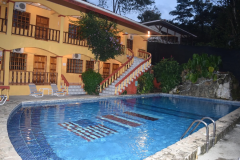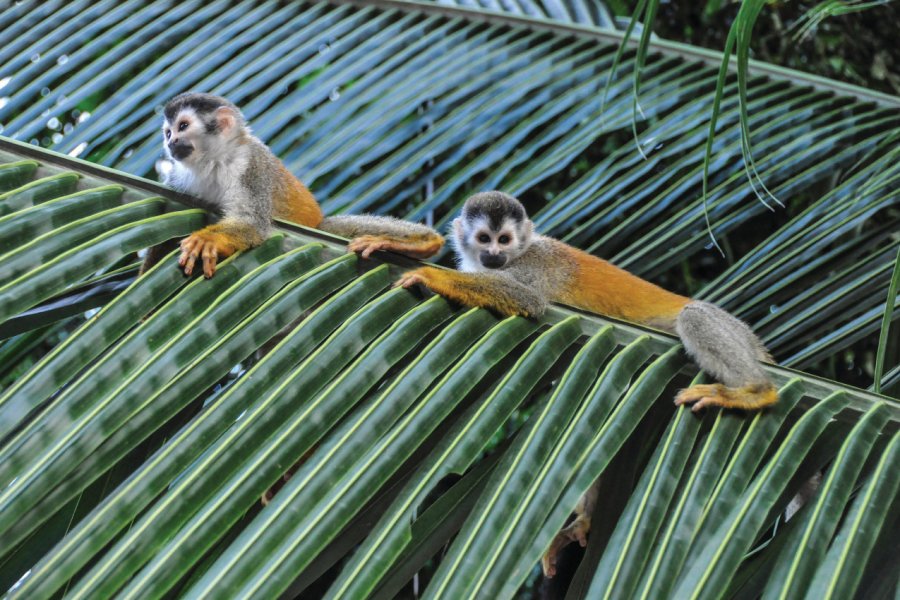Travel Guide Quepos
Find an accommodation
Advertising
The first person to discover the coast of Quepos and Manuel Antonio was Hernán Ponce de León, the discoverer of Florida, in 1519. But having been afraid of the Indians crowded along the shore, he did not land his troops. It was not until 1563 that Juan Vásquez de Coronado, in search of the chimeric seven cities of Cibola, dared to set foot in Quepos. He established peaceful and friendly relations with the indigenous people who lived at the mouth of the Naranjo River after having rescued them from the Coto Indians. The name Quepos comes from the Indian Quepoa tribe - the Borucas from Colombia - who lived here and disappeared following the Spanish conquest. As fine weavers, the Indians made elegant clothes while the women watched over the crops. Men hunted, fished, built and participated in rituals led by a shaman. Together, they passed from the hills to the seaside according to the seasons. It was the priest Martin de Bonilla who persuaded Coronado to ask King Philip II to create the first Catholic mission in Quepos in Costa Rica. Established in 1570 by Brother Juan Pizarro two hundred years earlier, the first California mission, the San Bernardino clerical community of Quepo, had to cease its activities in 1746. Some ruins of the mission were rediscovered in 1974. The legend, developed by English privateer John Clipperton, says that a fabulous treasure was buried or submerged in the vicinity of Quepos. The Indians of Quepos had all disappeared after 220 years of Spanish presence.An old banana port, the city is now a starting point for visiting the Manuel Antonio Park or for fishermen. Surfers and beach enthusiasts will have to travel to practice their sport because Quepos beach is not the most pleasant. Fishing is by far the most common activity off Quepos. Marlin, sea bream, wahoos or yellowfin tuna fight for your end of line between December and April. Many trips are organized by local agencies or tour operators. After the creation of the national park, the tourist infrastructure developed very quickly in the vicinity of the park and towards Quepos. Since it was not possible to amputate land in the park, it was along the hill that the hotels swarmed. The most striking thing about this area now is the lack of space. Today, as soon as you leave the city to take the cornice, you walk up the hillside, between Manuel Antonio's hotels and restaurants. This district has become the tourist centre and it is the most pleasant part, with the marina inaugurated with great pomp and ceremony in 2010. We can't say that Quepos loves his tourists. The welcome of the locals is rather cold when compared to the very warm welcome everywhere else in the country, and tourism has attracted a strange fauna that areas in the village. However, on the heights, there are some very beautiful addresses, intimate and tropical, which offer Manuel Antonio's crowd a real break: once the visit to the park is over, you will be delighted to take refuge in these small havens of peace, cut off from the world but nevertheless very close to all amenities!
What to visit Quepos?
Weather at the moment
Advertising
Organize your trip with our partners Quepos
Transportation
Book your plane tickets
Car Rental
Boat rental
Accommodation & stays
Find a hotel
Holiday rental
Find your campsite
Tailor-made trip
Immersion travel
Services / On site
Activities & visits
Find a doctor














